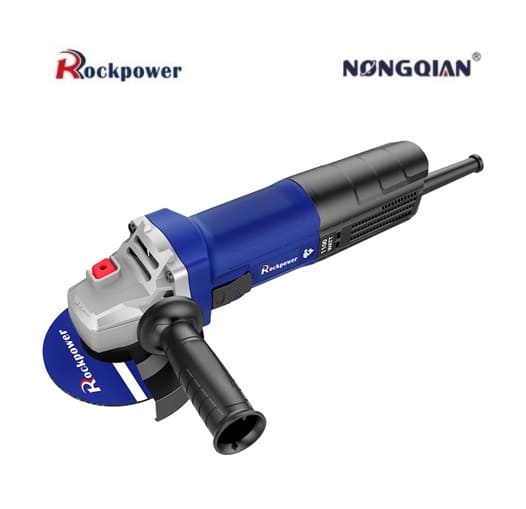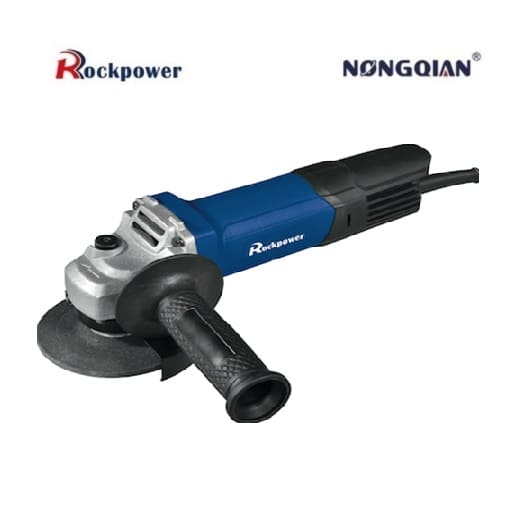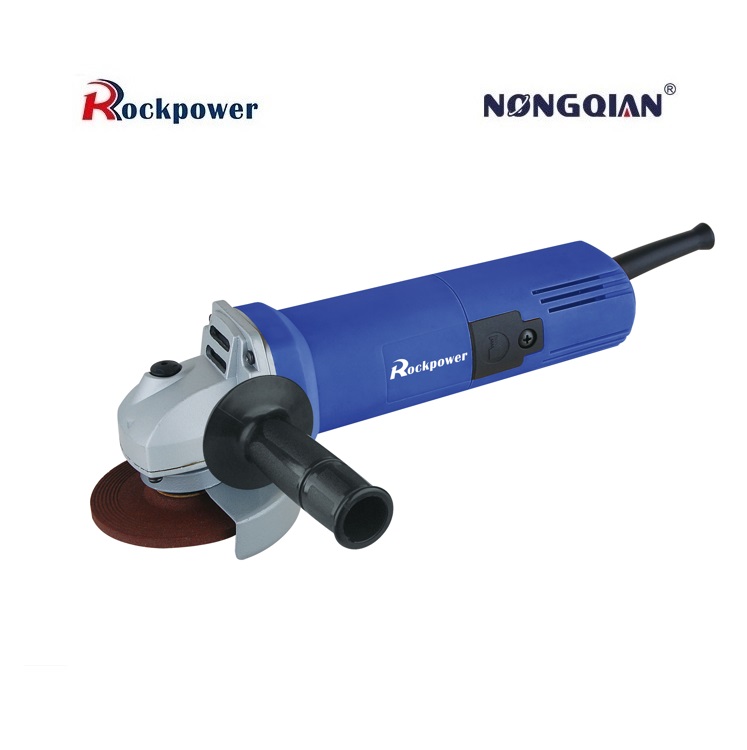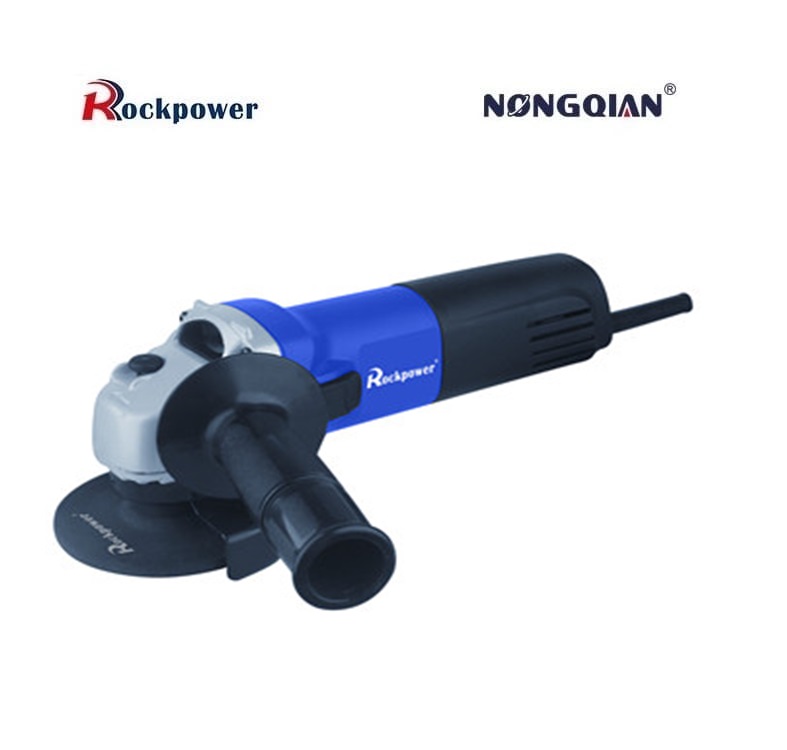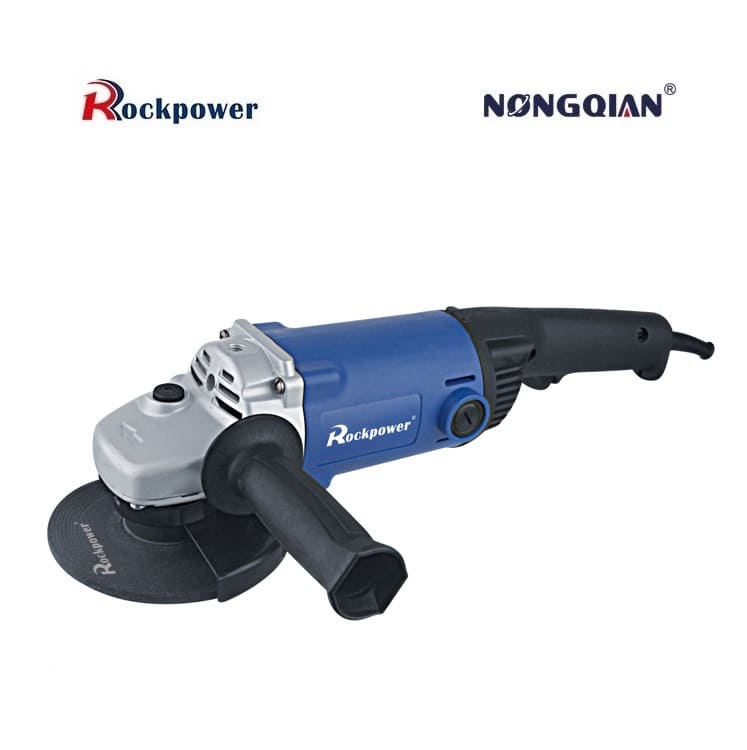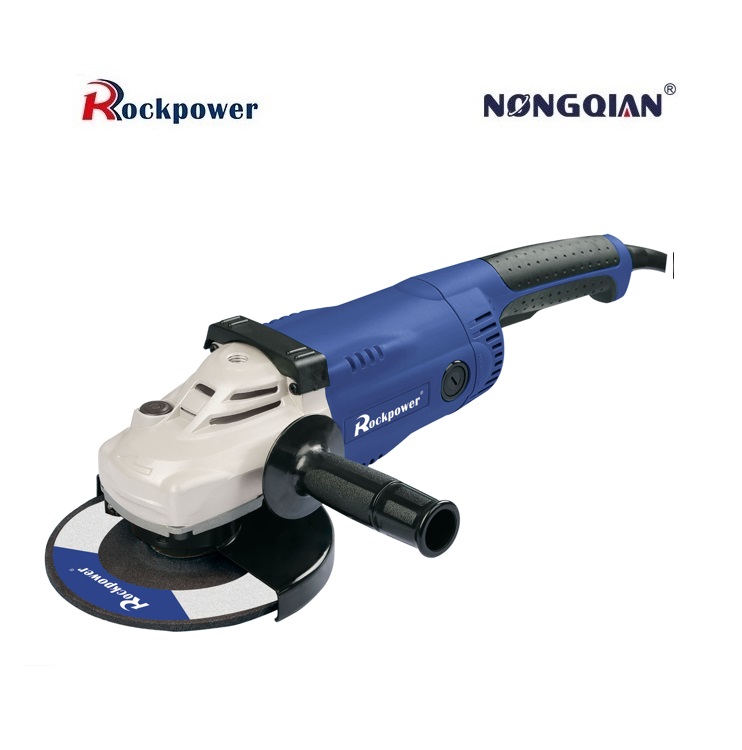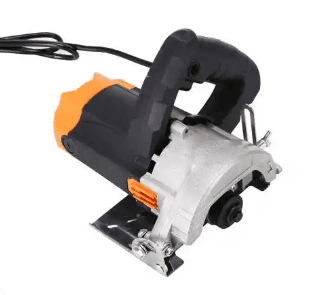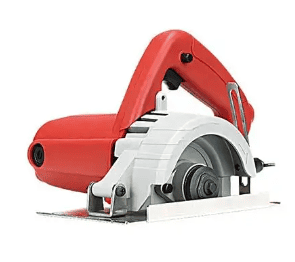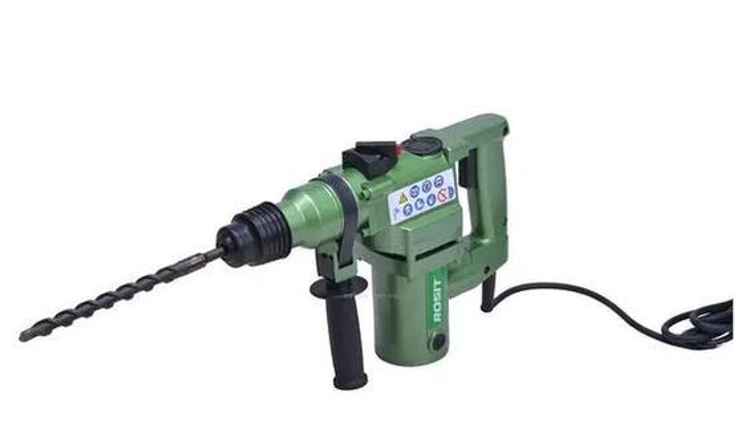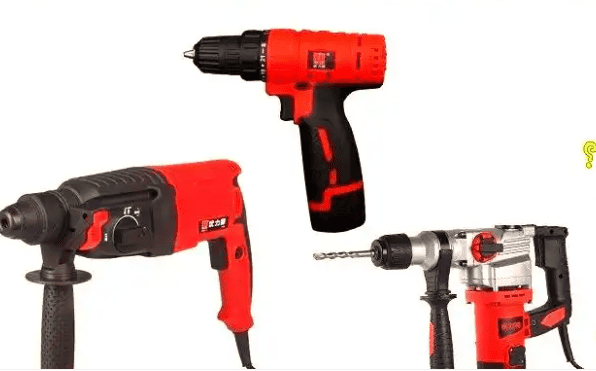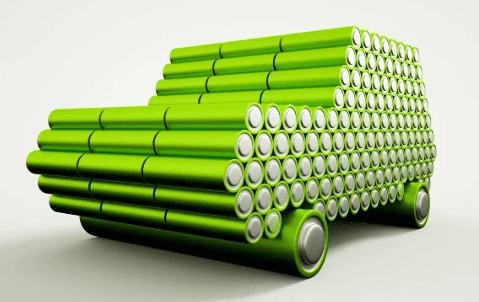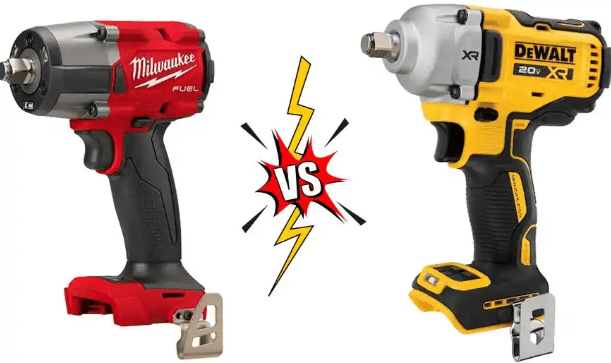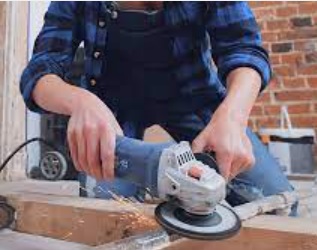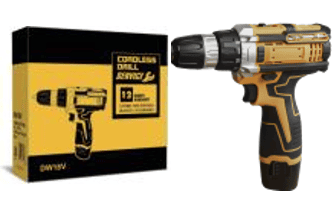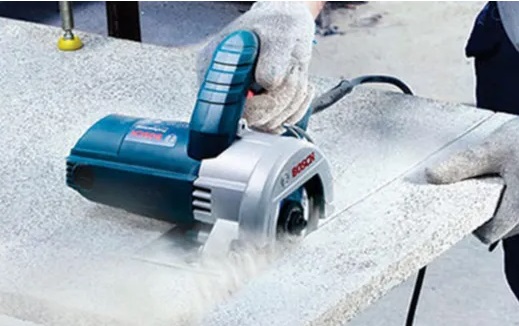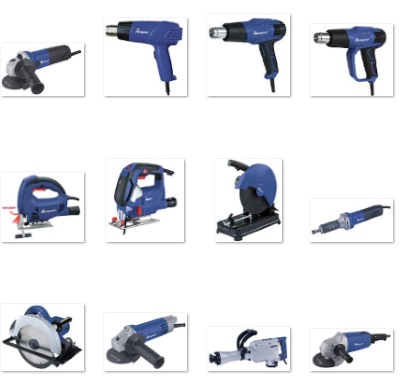Are angle grinders dangerous?
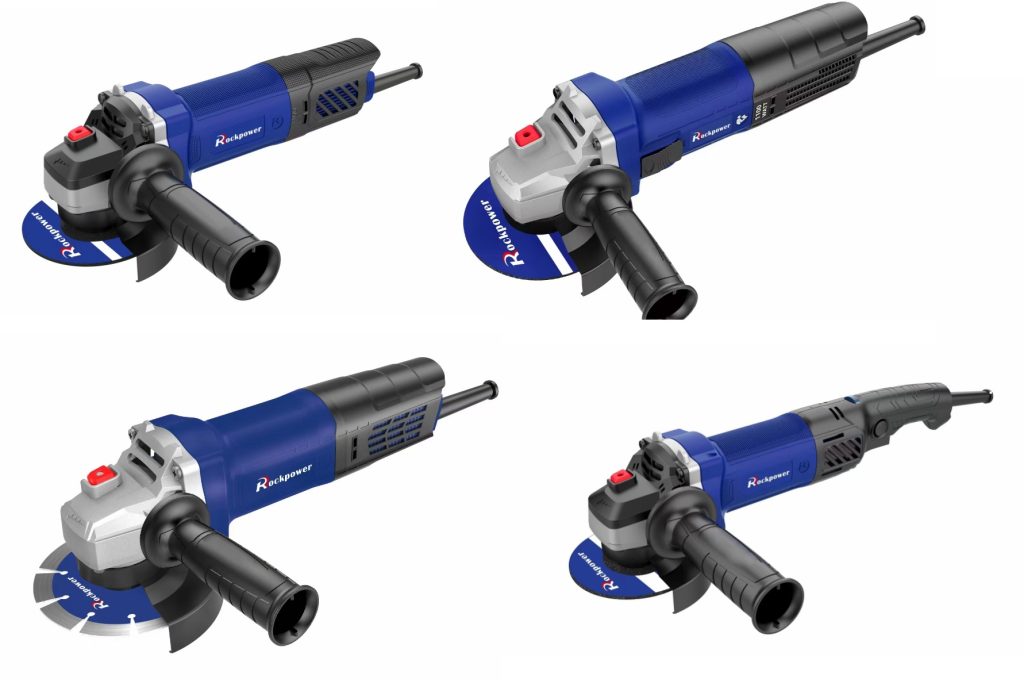
Analysis of Risk Factors of Angle Grinder
Angle grinders are powerful tools that can pose various risks if not used properly. It is important to understand the potential dangers associated with angle grinder operation and follow safety precautions to ensure personal safety. This post aims to highlight the risk factors of angle grinders and provide guidelines for their safe use.
Causes of Injury Accidents:
- Lack of knowledge about basic components: Many accidents occur because users are not familiar with the essential parts of an angle grinder. It is crucial to thoroughly understand the machine and inspect all its components before use.
- Fatigue, distraction, or impairment: Working while tired, under the influence of alcohol, or in a distracted state can compromise judgment and reaction time, increasing the risk of accidents. It is essential to be fully alert and focused when operating an angle grinder.
- Untidy work environment: A cluttered or disorganized work area can lead to accidents, such as trips and falls. Adequate lighting is also essential for clear visibility during operation.
- Wet conditions: Operating an angle grinder in wet or rainy conditions can result in electric shock accidents. It is important to avoid using the tool in such environments to prevent injury.
- Lack of proper shielding: Failure to use a shield or using it incorrectly can expose the operator to potential hazards. It is crucial to work with a suitable protective shield and position it correctly for maximum safety.
- Improper installation of grinding blades: Failing to power off the angle grinder or neglecting to use a special wrench when installing grinding blades can lead to accidents. The flange should never be loosened by hand.
- Uninformed purchase of grinding blades: Neglecting to consider the highest speed marked on grinding blades and purchasing them indiscriminately can be dangerous. It is essential to choose blades that are within the maximum speed allowed for cutting.
Risk Factors:
- Burns or scratches: Being too close to the grinding wheel or the workpiece can result in burns or scratches.
- Eye injuries: Steel filings generated during grinding can splash and cause damage to the eyes. Wearing protective eye masks is crucial to prevent such injuries.
- Grinding wheel breakage: Operating the grinder at excessive speeds can cause the grinding wheel to break, resulting in facial and eye injuries.
- Inhalation of dust: Polishing dust produced during grinding can be harmful when inhaled, leading to respiratory diseases. Wearing a mask is important to prevent inhalation of dust particles.
- Hearing damage: The noise generated by the angle grinder can cause hearing damage. It is advisable to wear earplugs or earmuffs to protect hearing.
- Mismatched machine and grinding wheel speed: When the speed of the grinding machine and the grinding wheel do not match, it increases the risk of grinding wheel breakage.
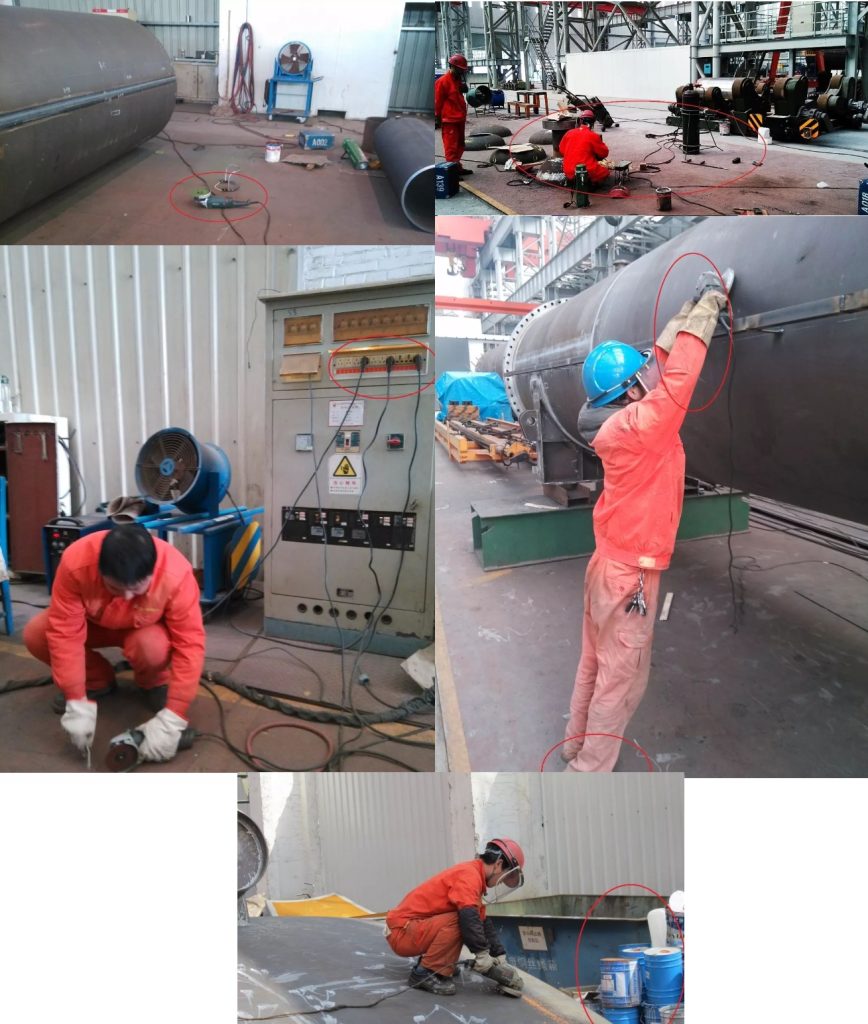
Safety Precautions for Angle Grinder Operation:
To mitigate the risks associated with angle grinder operation, it is essential to follow these safety precautions:
- Before use, inspect the grinding wheel for cracks or defects. Do not use excessively worn or damaged grinding wheels.
- Wear a protective eye mask to shield the eyes from flying debris.
- Wait for the grinding wheel to reach a stable rotation speed after switching on the grinder before starting work.
- When cutting or polishing, ensure the direction is away from people to prevent accidents.
- Take a 15-minute break after every half an hour of continuous work.
- Avoid holding small parts by hand during diagonal mill processing.
- Clean the working environment conscientiously after completing the task.
In conclusion, the use of angle grinders carries inherent risks. It is crucial for users to be aware of these risks and adopt appropriate safety measures to protect themselves and others. By following the correct operating procedures and adhering to safety guidelines, accidents can be minimized. Let’s prioritize safety and promote responsible use of angle grinders. If you have any further suggestions or improvements, please feel free to discuss them. Stay safe!

